
How to Create White Colour for Your Walls?

Create Your Dream Home With Our Painting Experts
Fill the form below to book a free site evaluation by Nerolac Nxtgen painting Services expert
Choosing white paint for your walls or trim can be deceptively difficult. With so many options labelled "white", how do you find the right shade to suit your space? The key is understanding the complex science behind the colour white. Once you know what creates those barely perceptible differences between white paint chips, you will be equipped to mix custom shades to match your goals and decor perfectly.
Read how to make white colour and take the frustration out of choosing paint
Introduction to the Importance of White Walls
White paint has remained a popular choice for home interiors over decades thanks to its versatile, timeless appeal. Crisp white walls serve as a perfect neutral backdrop that allows other decorative elements like artwork, textiles, and furnishings to take centre stage.
All-white colour schemes also create a sense of spaciousness and allow more light to bounce around the room. Plus, white colour paint hides flaws exceptionally well compared to darker hues. But not all shades of white work equally well. The key is choosing the right undertone.
Understanding the White Colour: The Science Behind It
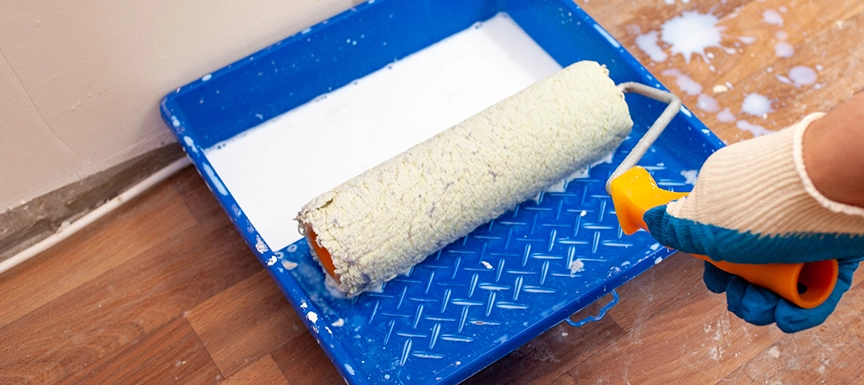
On the surface, "white" seems simple, but scientifically speaking, many complex factors determine the exact shade. White light comprises all the visible wavelengths of light. But when white pigments absorb certain wavelengths, we perceive slightly different white hues.
The undertones that create these varieties stem from the primary pigments used to produce the white paint. Two common options are titanium dioxide and zinc oxide. Titanium dioxide refracts light well for an exceptionally "clean" bright white. Zinc oxide contains a slightly warm, yellowish tint.
These primary pigments get combined with smaller amounts of accent colours to create every Benjamin Moore white paint from Brilliant White to Swiss Coffee.
Different Shades of White and Their Meanings
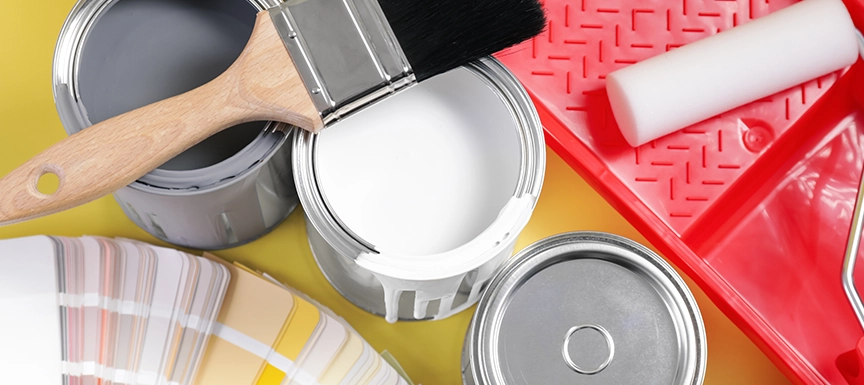
White paint comes in a variety of shades, ranging from cool and frosty to warm and creamy. When choosing a shade, it's important to look for subtle differences in undertones. These differences can make a big impact on the overall look and feel of your space.
1. Crisp blues and greens:
These white paint colours with the slightest hints of blue or green have an icy, airy quality. They feel fresh, clean, and bright. Greener shades are particularly tranquil and refreshing.
2. Warm yellow and beige:
White paint colours on the warmer, more golden end of the spectrum feel cozy and welcoming, like fresh cream or vanilla. Soft yellow undertones have a traditional appeal.
3. Ethereal violet and grey:
White paint with the faintest undertone of lavender or grey has an elegant, ethereal vibe. These versatile pale neutrals layer well with both warm and cool palettes.
4. No undertone:
A pure bright white without perceptible undertones has a clean, neutral presence. It acts as a truly blank canvas in your space.
Also Read: Different Types Of White Paint And Primer
How to Create Pure White Colour for Your Walls?
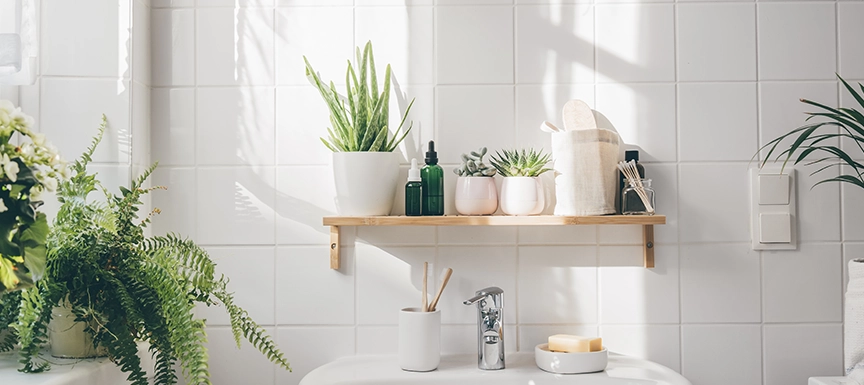
When searching for that perfect crisp white paint without any yellow or blue bias, check the light reflectance value. Paint colours with a higher LRV appear lighter and brighter white. For the purest white paint possible, stick to LRVs over 85.
If that still doesn't satisfy your white wall goals, don't settle. Thanks to the versatility of paint mixing, you can easily create your custom white paint. Follow these simple techniques to whip up the ideal shade of white or off-white for your space.
How do You Make the Colour White By Mixing Different Paint Colours?
One simple way to create your unique shade of white paint is to mix different types of white paint that you can buy at the store. You can experiment with different ratios until you get the colour you like. Just make sure to keep track of how much of each paint you use so you can recreate it later if you need to.
How to Make White Colour by Mixing Two Colours?
Using a Tinting Base
For the most flexibility in making your white paint colour, start with a neutral tinting base. Benjamin Moore offers zero VOC Colour Preview bases in matte and pearl. Then head to your local Benjamin Moore retailer and have the paint mixed to order. A trained employee can add precise amounts of colourant to achieve your perfect white.
Adding Pigment Powders or Dyes
Not all retailers carry white pigment powder or liquid dye. But if you can get your hands on them, these concentrated colourants offer unparalleled control for custom mixing white paint. Measure carefully and add powders or dye drops bit by bit until the shade matches your vision.
Tips and Tricks for Achieving the Perfect Shade of White Colour
Also Read: How to Perk Up a Plain White Wall
How to Make Off White Colour with a Twist?
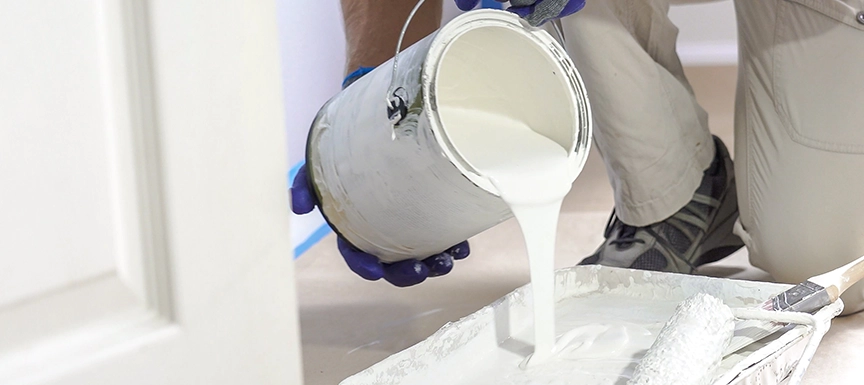
Pure snowy white paint has appeal. But richer off-white paint colours add depth, texture, and warmth to a space. Off-whites provide a versatile, soft backdrop that allows other decorative finishes to shine. Think of latte-coloured walls with bright white trim accents.
Follow the tips for creating elegantly "imperfect" off-whites with character for your walls.
Creating Warm Whites with Yellow
Boost the creamy warmth of white paint by adding a lemon or golden yellow tint. Mix in a yellow base like Benjamin Moore's Spring Meadow. Or select a pre-made warm off-white paint colour like Swiss Coffee or Creamy for an instantly soft, welcoming appeal.
Conclusion
When it comes to choosing the perfect white paint for your home, the sheer number of options available can make it a difficult task. However, by learning a little bit about the science behind the different shades of white, you can mix up your customized white paint that perfectly matches your style and the vision you have for your space. With some basic materials and a touch of creativity, creating a white wall colour that brings you joy can be a simple process. Once you find your ideal shade, remember the recipe so you can easily recreate it in the future.
Nerolac Paints, a leading paint company in India offers a wide range of wall paint colours & painting services & solutions for homes & offices.

Colour Combination for Walls: 10 Beautiful House Colour Combination Ideas
A Guide To Trending Colour Combinations For Walls With Images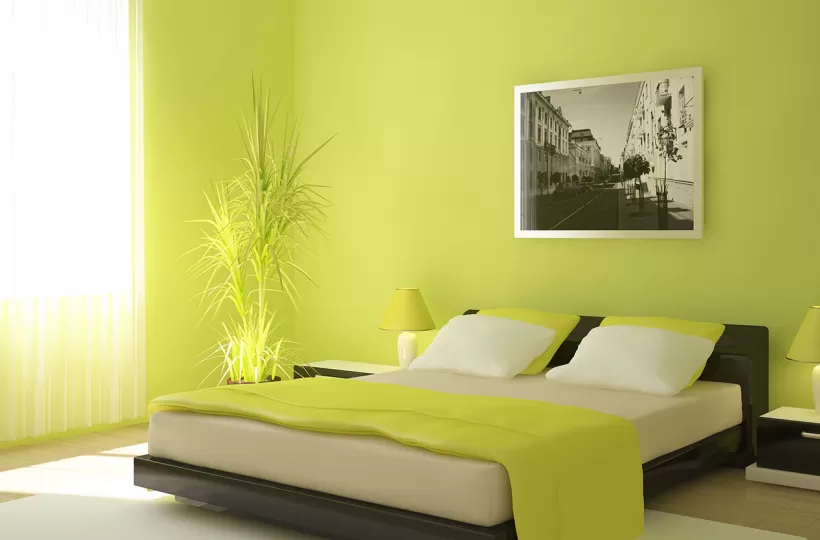
12 Stylish Green Colour Combinations and Photos
Green Colour Combinations
What Colours Match with Blue? 14 Colour Combinations with Blue for Your Home
Blue is a universally popular colour for décor and design
-
Recent Blogs
- Zodiac Sign Meanings: Choose Lucky Colours With Your Astrology Sign
- Top 10 Painting Ideas for North & South Facing House Vastu
- Top 10 Creative Wall Furnishing Ideas For Your Lovely Home
- Top 10 Mocha Mousse Colour Combinations and Photo Inspirations
- How Heat Resistant Paint for Roofs Can Reduce Your Indoor Temperature?
Get in Touch
Looking for something else? Drop your query and we will contact you.
Get in Touch
Looking for something else? Drop your query and we will contact you.
Popular Searches
Get in Touch
Looking for something else? Drop your query and we will contact you.


